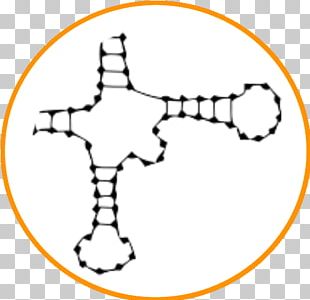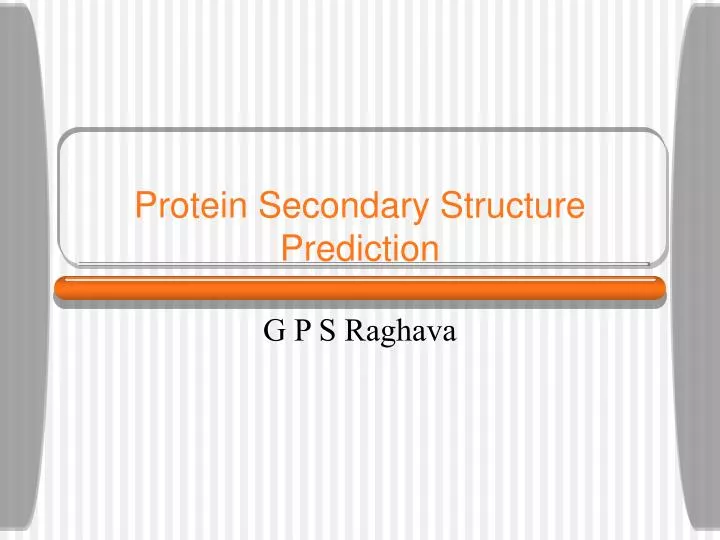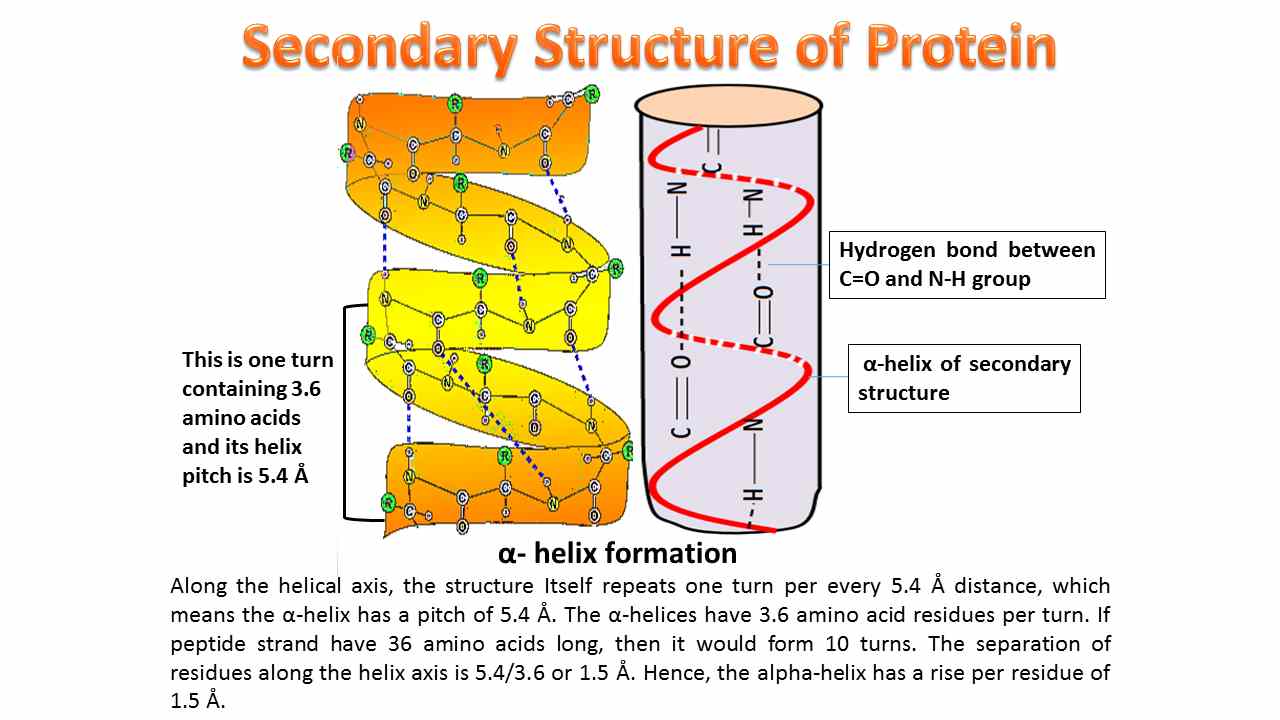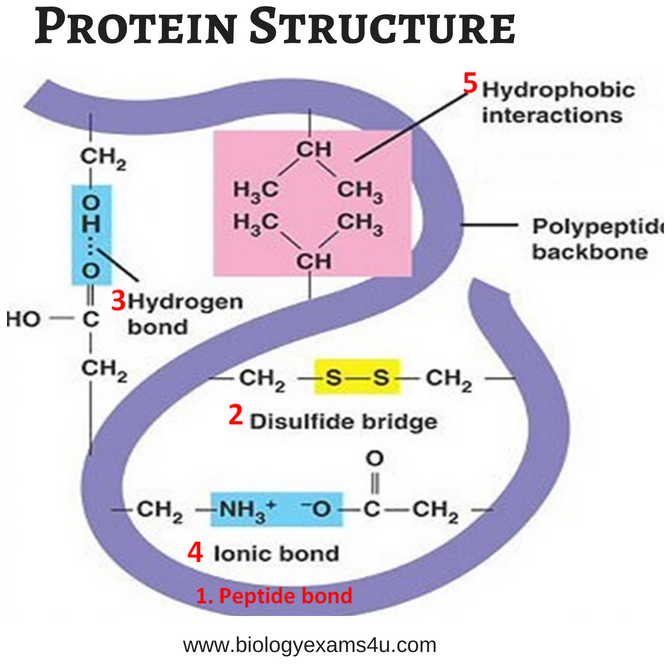

Most structural aligners, such as the popular TM-align, Dali and CE 11, 13, 14, solve the alignment optimization problem by iterative or stochastic optimization. Second, structural similarity scores are non-local: changing the alignment in one part affects the similarity in all other parts.

First, whereas sequence search tools employ fast and sensitive prefilter algorithms to gain orders of magnitude in speed, no similar prefilters exist for structure alignment. Structural alignment tools (reviewed in ref.

6) only around a week on the same cluster. Sequence searching is four to five orders of magnitude faster: an all-versus-all comparison of 100 million sequences would take MMseqs2 (ref. Searching with a single query structure through a database with 100 million protein structures would take the popular TM-align 11 tool a month on one CPU core, and an all-versus-all comparison would take 10 millennia on a 1,000-core cluster.

However, despite decades of effort to improve speed and sensitivity of structural aligners, current tools are much too slow to cope with today’s scale of structure databases. The availability of high-quality structures for any protein of interest allows us to use structure comparison to improve homology inference and structural, functional and evolutionary analyses. Despite the success of sequence-based homology inference, many proteins cannot be annotated because detecting distant evolutionary relationships from sequences alone remains challenging 9.ĭetecting similarity between protein structures by three-dimensional (3D) superposition offers higher sensitivity for identifying homologous proteins 10. The goal is to find homologous sequences from which properties of the query sequence can be inferred, such as molecular and cellular functions and structure. The most widely used approach to protein annotation and analysis is based on sequence similarity search 5, 6, 7, 8. The scale of these databases poses challenges to state-of-the-art analysis methods. 3), and the ESM Atlas contains over 617 million metagenomic structures predicted by ESMFold 4. The European Bioinformatics Institute already holds over 214 million structures predicted by AlphaFold2 (ref. The recent developments in in silico protein structure prediction at near-experimental quality 1, 2 are advancing structural biology and bioinformatics.


 0 kommentar(er)
0 kommentar(er)
